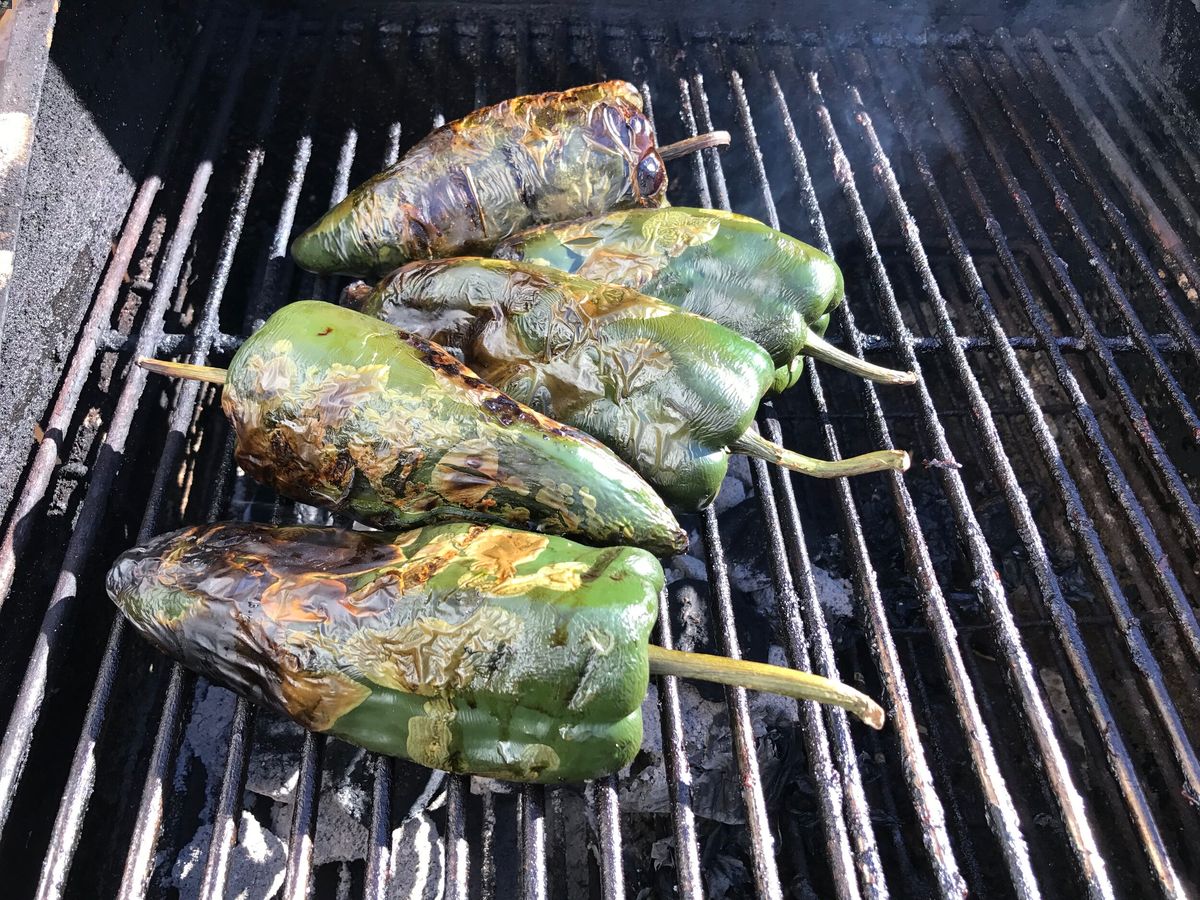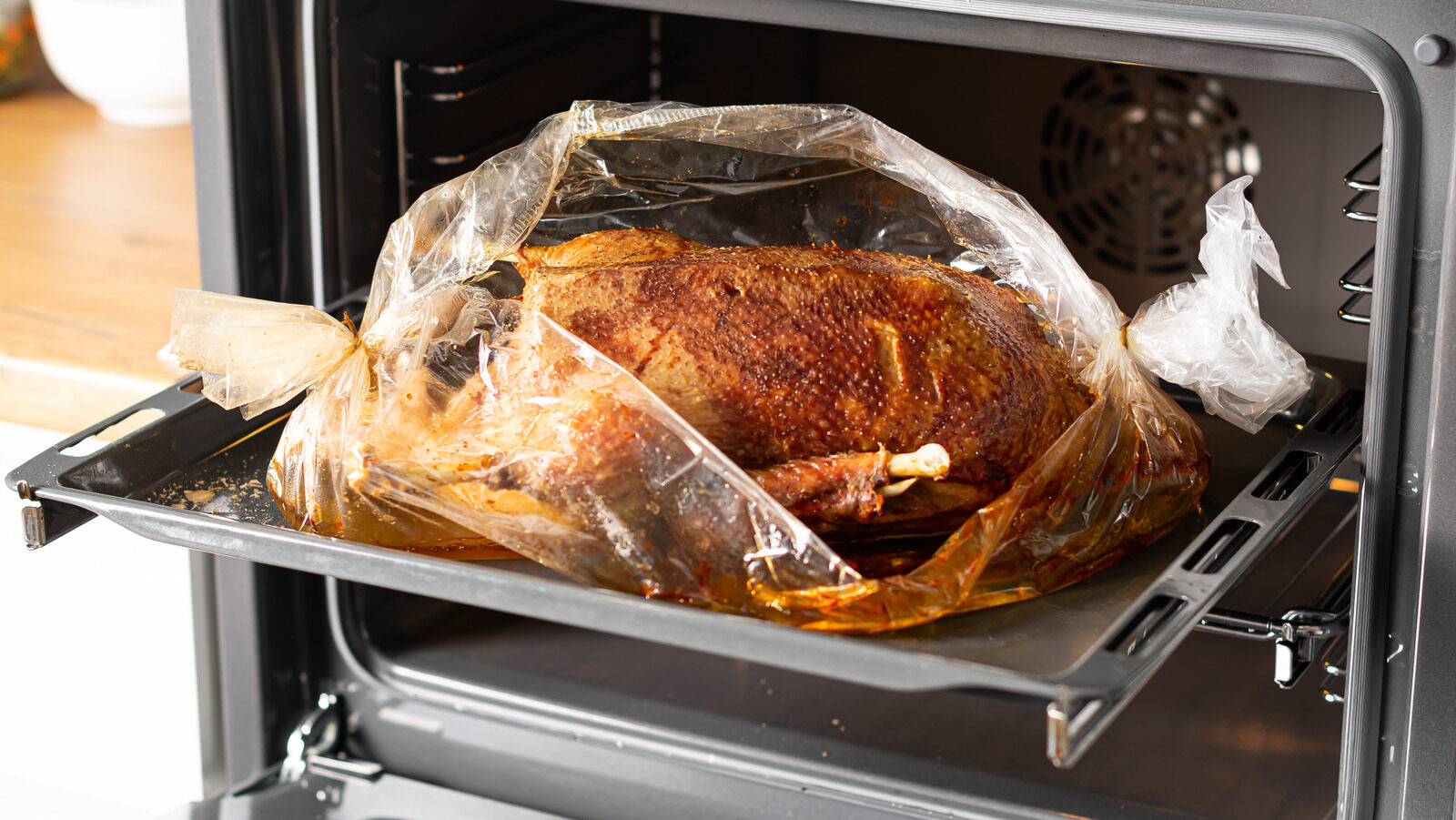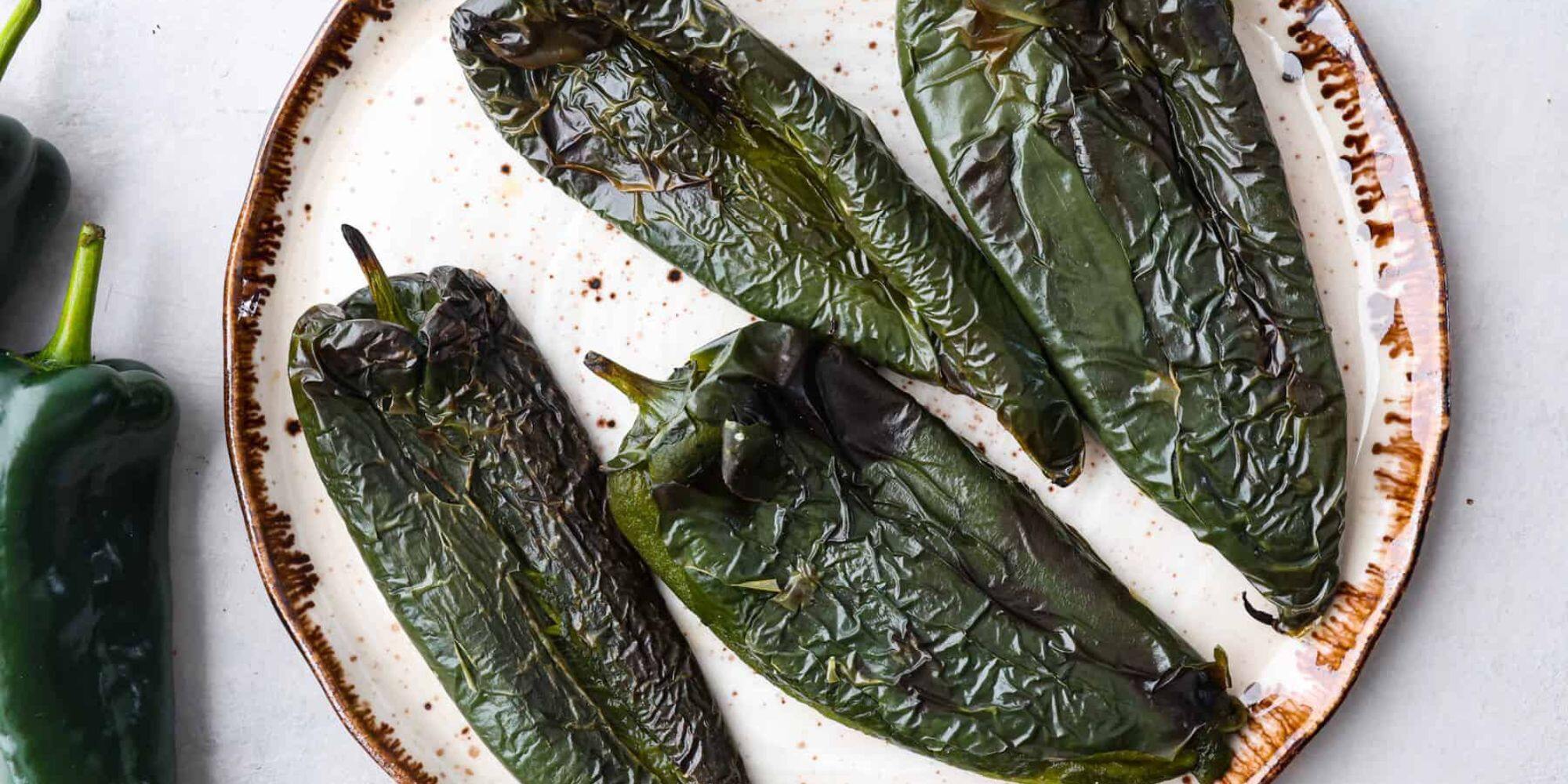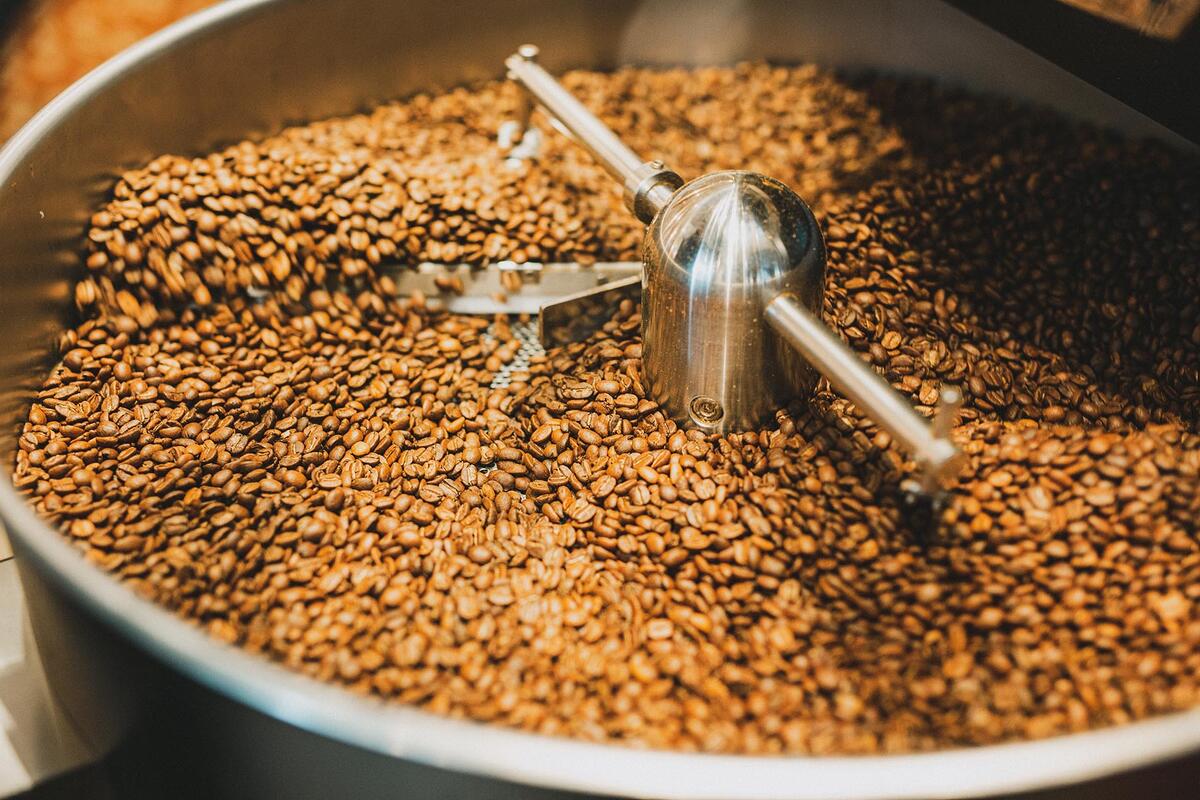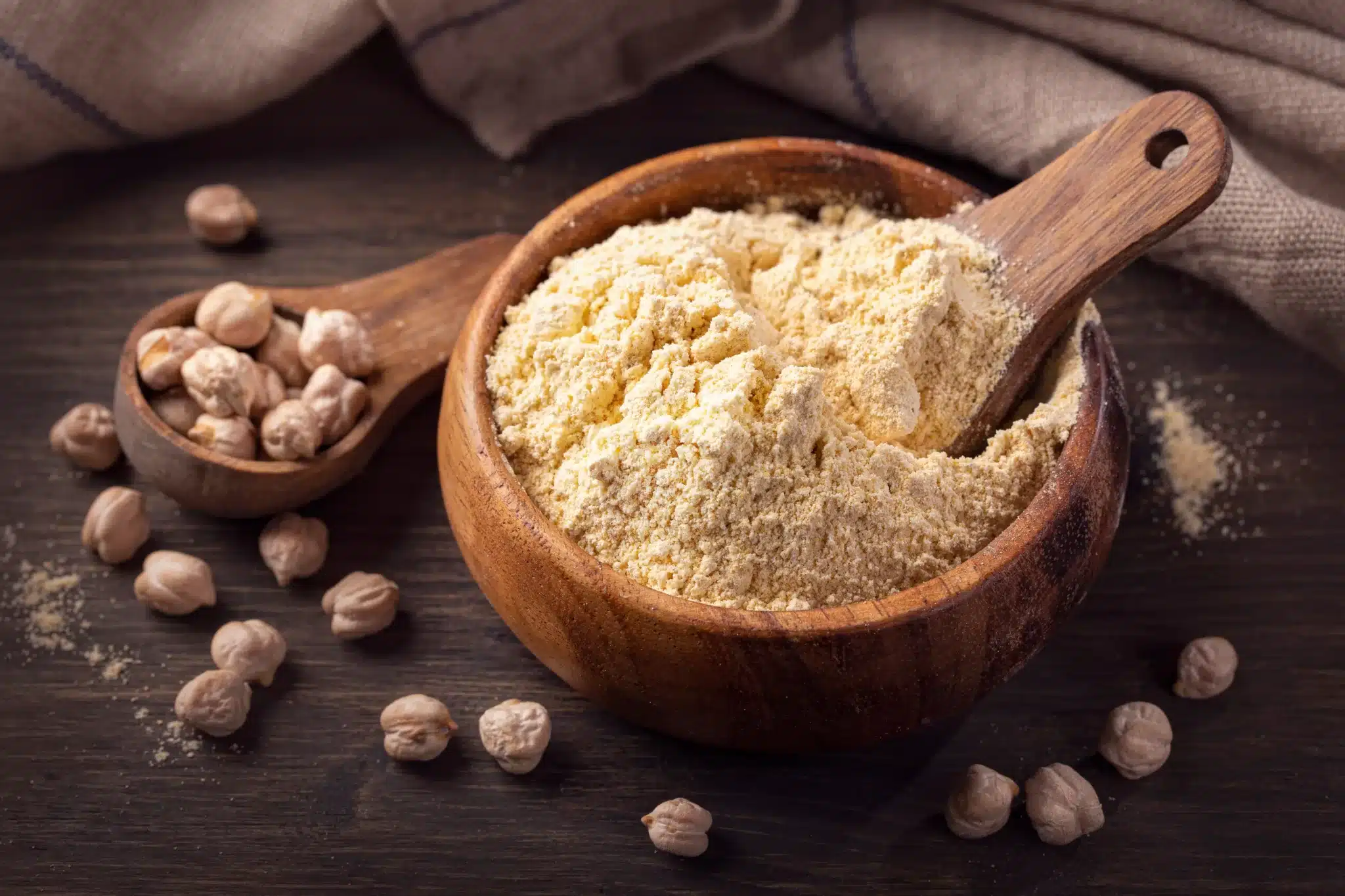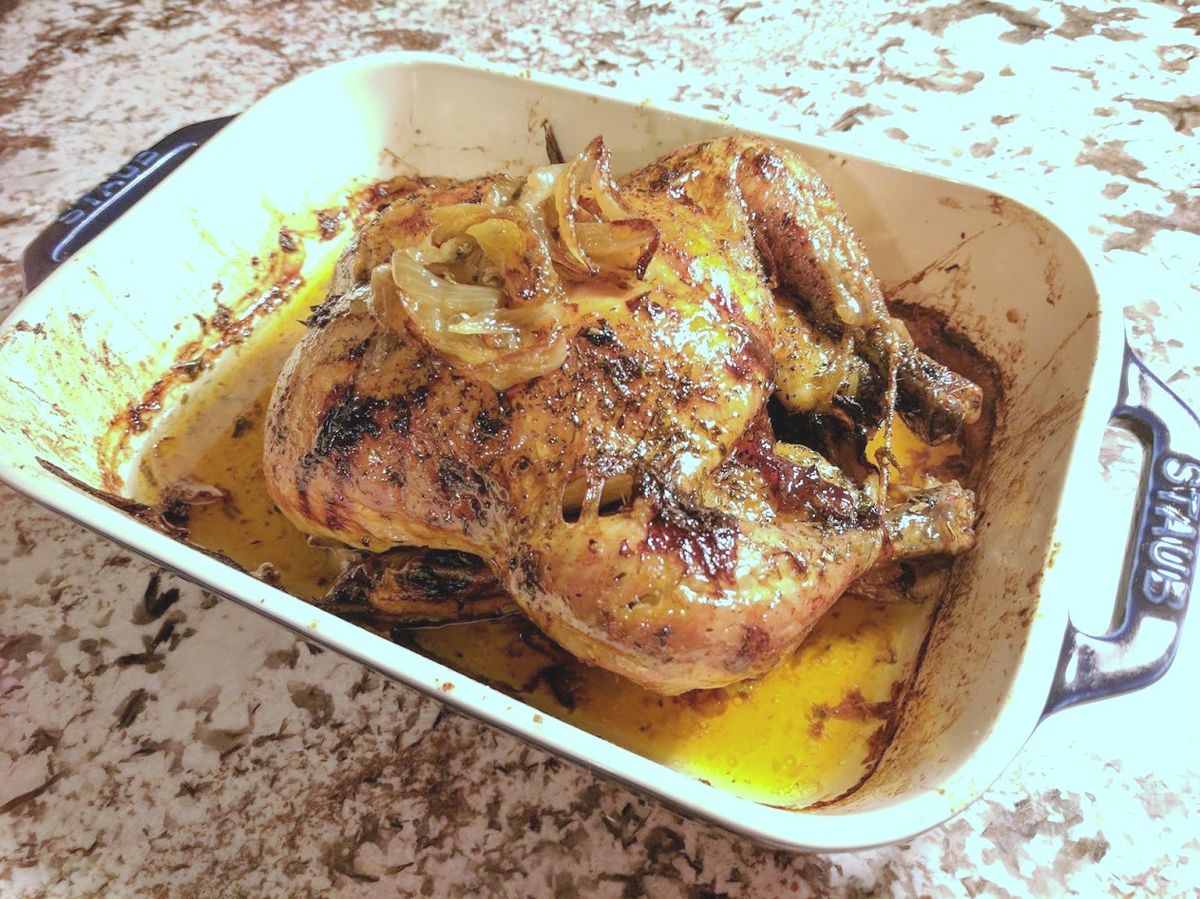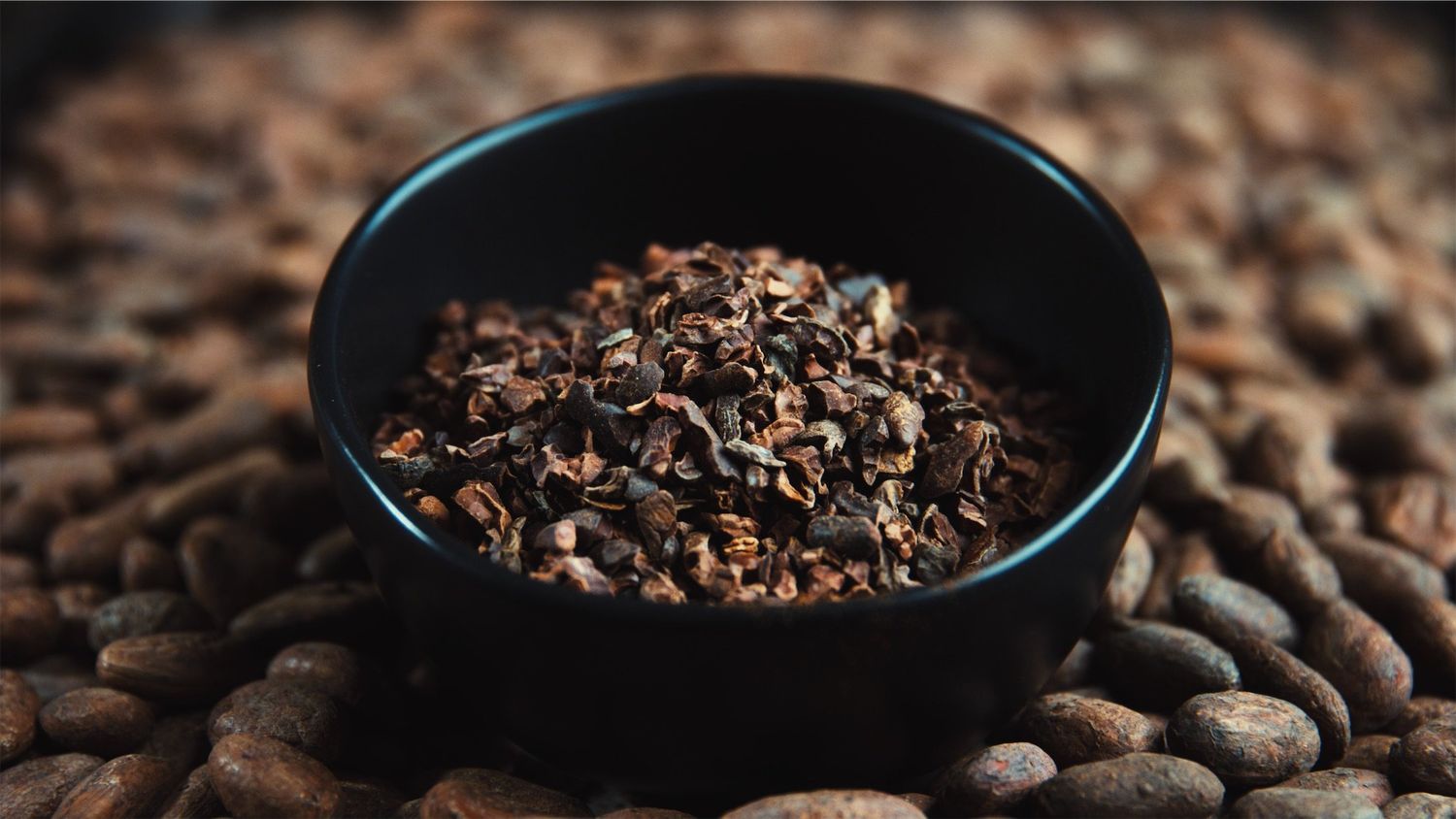Roasting Ethiopian coffee is an art, transforming green beans into aromatic treasures. Ethiopia, often hailed as the birthplace of coffee, offers beans with unique flavors, ranging from floral to fruity. Mastering the roast unlocks these flavors, creating a cup that's both rich and complex. Whether you're a seasoned roaster or new to the craft, understanding the nuances of Ethiopian beans is key. With the right approach, you can highlight the distinctive notes that make Ethiopian coffee a favorite among connoisseurs. Let's dive into the essentials of roasting these exceptional beans, ensuring your next cup is nothing short of extraordinary.
Essential Ingredients for Roasting Ethiopian Coffee
- Green Ethiopian coffee beans
- Filtered water
- Salt or sugar (optional)
- Any preferred spices (like cinnamon or cardamom, optional)
Must-Have Tools for Ethiopian Coffee Roasting
- Coffee Roaster: A machine specifically designed for roasting coffee beans. For home use, a simple pan or popcorn popper can work as alternatives.
- Green Ethiopian Coffee Beans: Unroasted beans, preferably sourced directly from Ethiopia for authenticity.
- Thermometer: Essential for monitoring the temperature during roasting. Precision is key to achieving the desired roast level.
- Cooling Tray: Allows for rapid cooling of beans post-roast to stop the cooking process.
- Ventilation System: Roasting coffee produces smoke and strong odors; proper ventilation is necessary.
- Oven Mitts or Heat-resistant Gloves: Protects hands from high temperatures when handling the roaster or hot beans.
- Storage Containers: Airtight containers to store the roasted coffee beans, preserving their freshness.
- Timer: Keeps track of roasting time to ensure consistency across batches.
- Scale: For measuring the amount of coffee beans before roasting. Precision in measurement leads to consistency in flavor.
- Colander or Sieve: Used in the cooling process to remove chaff from the roasted beans.
Roasting Ethiopian coffee beans requires careful temperature control. Start with a light roast to highlight their unique fruity and floral notes, gradually increasing heat to avoid burning delicate flavors.
The Art of Roasting Ethiopian Coffee: Why It Matters
Roasting Ethiopian coffee at home allows enthusiasts to experience its unique flavors and aromas firsthand. This process transforms the green beans into rich, aromatic ones, highlighting notes of berry, citrus, and floral undertones that Ethiopian beans are famed for. It's a journey through taste and tradition, bringing the essence of Ethiopia right into your kitchen.
Engaging in this art not only deepens one's appreciation for coffee but also fosters a connection with the origin of the beans. Through roasting, coffee lovers can tailor the roast level to their preference, ensuring every cup is a personalized experience. This hands-on approach elevates the daily coffee ritual into an intimate exploration of culture and craftsmanship.
Mastering the Roast: A Step-by-Step Guide
Roasting Ethiopian Coffee Beans: A Step-by-Step Guide
-
Select Quality Beans: Choose fresh, green Ethiopian coffee beans for the best flavor. Look for beans that are uniform in size and color to ensure even roasting.
-
Preheat Roaster: Warm up your coffee roaster to the appropriate temperature. For Ethiopian beans, a starting temperature of about 200°C (392°F) is ideal.
-
Measure Beans: Weigh the coffee beans. Using a consistent amount each time helps in achieving a uniform roast and flavor profile.
-
Begin Roasting: Place beans in the roaster. Keep an eye on them, listening for the first crack, a sign they're beginning to roast.
-
Monitor the Roast: Observe the color change of the beans. Ethiopian coffee is often best enjoyed at a light to medium roast, highlighting its unique flavors.
-
Listen for Second Crack: If a darker roast is desired, wait for the second crack. Be cautious, as beans can quickly become over-roasted.
-
Cool the Beans: Once desired roast level is reached, immediately transfer beans to a cooling tray. This stops the roasting process and preserves the beans' flavor.
-
Rest the Beans: Allow roasted beans to de-gas for about 24 to 48 hours. This period lets excess carbon dioxide escape, which can affect the coffee's taste.
-
Store Properly: Keep roasted beans in an airtight container. Store in a cool, dark place to maintain freshness and flavor.
-
Enjoy: Grind your freshly roasted Ethiopian coffee beans and brew using your preferred method. Savor the unique and rich flavors.
Mastering the Art of Ethiopian Coffee Roasting
Roasting Ethiopian coffee at home isn't just about making a cup of joe. It's an adventure into the heart of coffee culture, where every bean tells a story of its origin. With patience, practice, and a bit of creativity, anyone can transform green beans into aromatic treasures. Remember, start with quality beans, keep an eye on the color changes, listen for the cracks, and experiment with roast times to find your perfect profile. This journey into coffee roasting can elevate your morning routine into a ritual that pays homage to the rich, diverse flavors of Ethiopia. So, grab your roaster, and let's bring those beans to life. Your perfect cup of Ethiopian coffee awaits, a testament to your skill and the land that nurtured these incredible beans.
All Your Questions About Ethiopian Coffee Roasting Answered
How do I choose the right Ethiopian coffee beans for roasting?
Picking Ethiopian coffee beans is like selecting a fine wine. Look for beans that come from reputable sources, focusing on single-origin beans to experience unique flavor profiles. Regions like Yirgacheffe, Sidamo, and Harrar offer distinct tastes, from floral and citrusy to rich and winey. Always check for freshness by looking at the harvest date.
What equipment do I need to roast coffee at home?
You'll need a coffee roaster, which can range from a simple pan on the stove to a dedicated coffee roasting machine. For beginners, a popcorn popper can also do the trick. Besides the roaster, get a wooden spoon for stirring, a colander for cooling the beans, and a timer to keep track of the roast.
How long does it take to roast coffee?
Roasting time varies depending on the desired roast level. Light roasts might take around 10 minutes, medium roasts about 15 minutes, and dark roasts can go up to 20 minutes. Keep your senses alert; the beans' color, smell, and the sound of cracks will guide you through the process.
Can I roast coffee beans in an oven?
Sure, you can use an oven, but it's trickier to get an even roast. Spread the beans on a perforated baking tray for better air circulation. Set your oven to a high temperature, around 450°F (232°C), and stir the beans occasionally. It's a more hands-on method but definitely doable.
What's the first crack and second crack in coffee roasting?
These are key milestones in the roasting process. The first crack is a popping sound, signaling the beans have expanded and light to medium roasts are usually achieved shortly after this point. The second crack is a deeper, crackling sound, indicating a medium to dark roast. Each crack is a cue to assess the roast level.
How do I store roasted coffee to keep it fresh?
After roasting, let the beans cool completely. Then, store them in an airtight container away from direct sunlight and moisture. Using a container that allows CO2 to escape without letting air in is ideal. Freshly roasted coffee is best enjoyed within two weeks but can last up to a month.
Is it possible to roast coffee without any special equipment?
Absolutely! While having specific roasting equipment helps, you can use a heavy skillet or a popcorn popper as alternatives. The key is constant stirring and attentive monitoring. This DIY approach requires patience and practice but is a rewarding way to enjoy homemade roasted coffee.
Was this page helpful?
Read Next: How To Roast Frozen Butternut Squash
